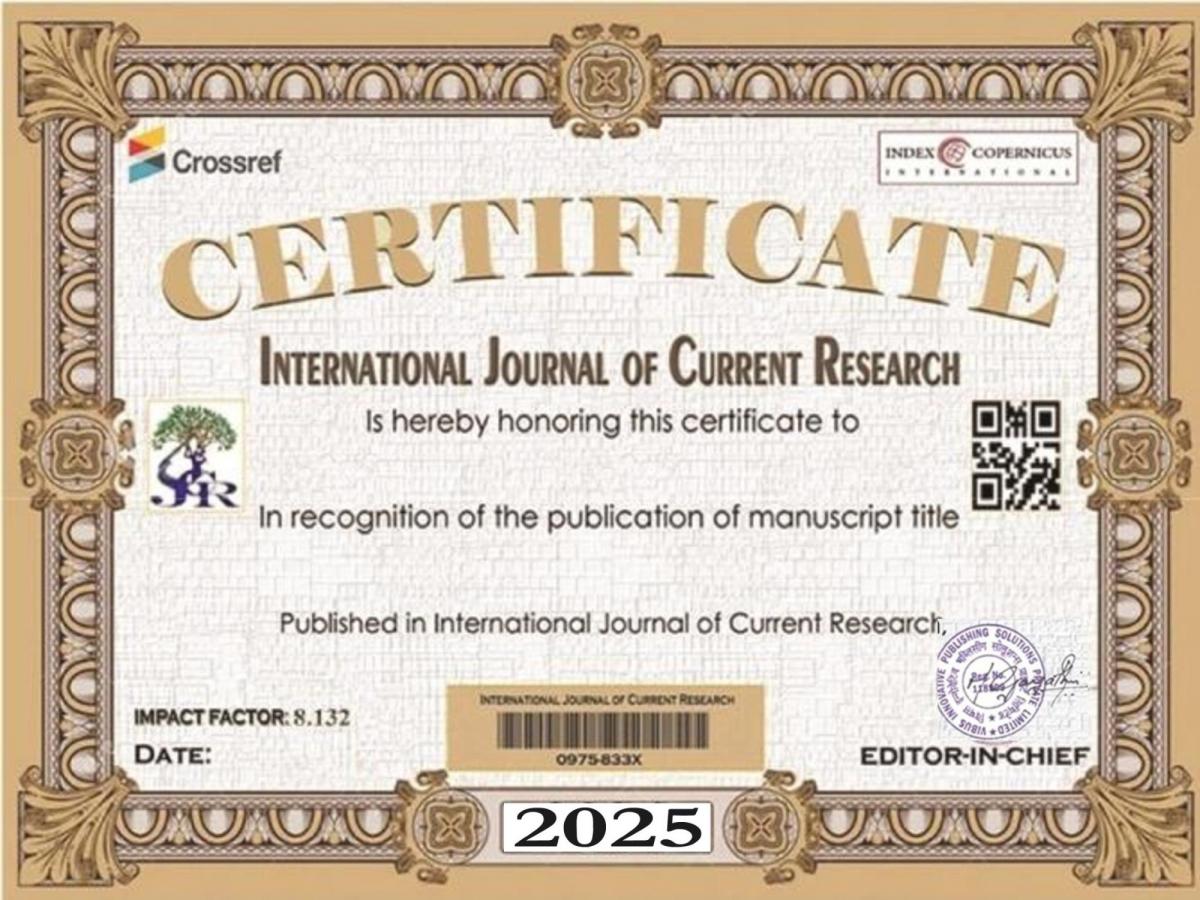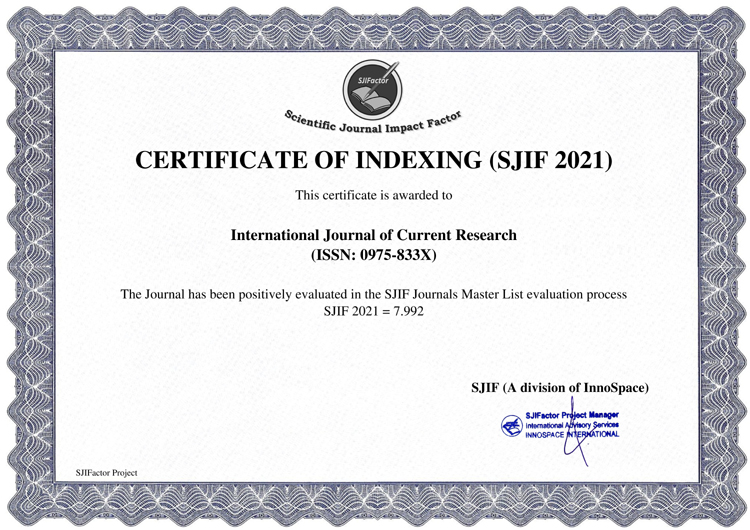Albania as a developing country, which is involved in integration processes, needs to improve immediately the productivity of civil servants and to intensify the reforms in public management. Reforms in public management can be seen and analyzed in many dimensions. Firstly, we can say that reform in public management is constituted by changes in organization’s structures and processes to improve them. Secondly, reform in management involves continuously changes in systems which are used to hire, train and assess civil servants. Our researches are focused in public administration training. Our analyses are comparative, because it involves a study on private business and its results. In the meantime that we want to increase the efficiency of our public administration and to create an administrative elite, although the problems that we have with constant circulation of civil servants, we want an administration to serve in a quality way to the public. These are the reasons that we arise some questions: which is the extent of trainings in public administration? How often do these training happen? How much trainings are accomplished during these last five years? And the most important question is: what is the assessment that the participants give to the training programs? The aim of the study is not to show only the facts that we have found, but side to side of them to give our recommendations to improve the quality of training programs. We have used the same questionnaire both for public administration and private business to collect dates on public service reformation in Albania and to complete the analyses on public sector effectiveness. It is chosen a sample of 500 (five hundred) questionnaires, which were divided in a equal way, 250 questionnaires for public administration and 250 questionnaires for private business. Our research was extent in the main cities of Albania as Tirana, Korca, Durres, Fier, Elbasan, Shkodra. To accomplish our survey in private business, it was accomplished a multistage choice (selection). The first stage was the selection of the districts, where the survey would be done. The second stage was the delivery of the questionnaires in the chosen districts. The third stage was the selection of businesses in the chosen districts.





